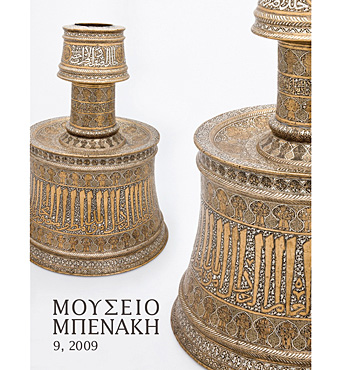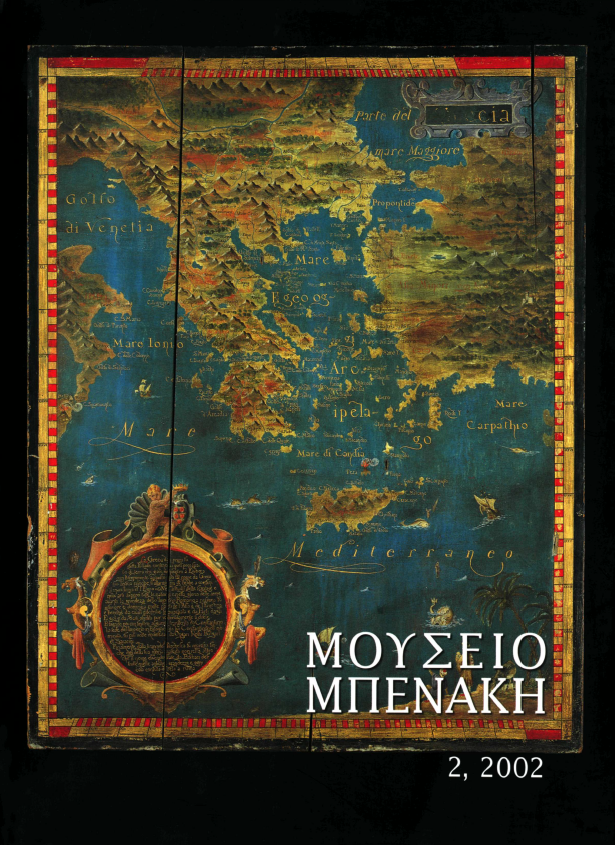Abstract
In 1921 the widow of Andreas Syngros, Iphigeneia Mavrokordatou-Syngrou, bequeathed her house, designed by Ernst Ziller and built in 1873-1874 on the corner of what is now Zalokosta Street and Vasilissis Sofias Avenue, to the Greek state. According to contemporary sources it was a heavy, rectangular building in the Neoclassical style with two storeys, basement and attic, whose interior decoration had been carried out under the supervision of the architect and civil engineer E. G. Piat. Once it came into state ownership sweeping changes were made both to the exterior shell and the interior decoration of the building, in order to complete the transition required for its change of use before becoming the Ministry of Foreign Affairs in autumn 1934. In respect of interior decoration a committee was set up, consisting of P. Kalligas, K. Demetriades, M. Vlastos, A. Benakis, A. A. Palles, G. Kontoleon and P. Manouelides, with the aim of drawing up a detailed plan for every room in the building. According to the memorandum drawn up by A. A. Palles in 1934, the decoration of the building had to suit its neoclassical character and recall the centuries-old history of the Greek nation as heir to the classical and Byzantine culture and the 1821 War of Independence. Thus he chose the Neoclassical style for the main rooms and the Greco-Anatolian (i.e. Byzantine) style for the smaller rooms, while photographs of Greek landscapes were displayed in the Press Office. He also proposed the transfer of some furniture from the Palace of St Michael and St George in Corfu. Palles’ proposal is indicative of the prevailing aesthetic in bourgeois Athens society in the inter-war years. We do not know to what extent the proposal was accepted or realized.








